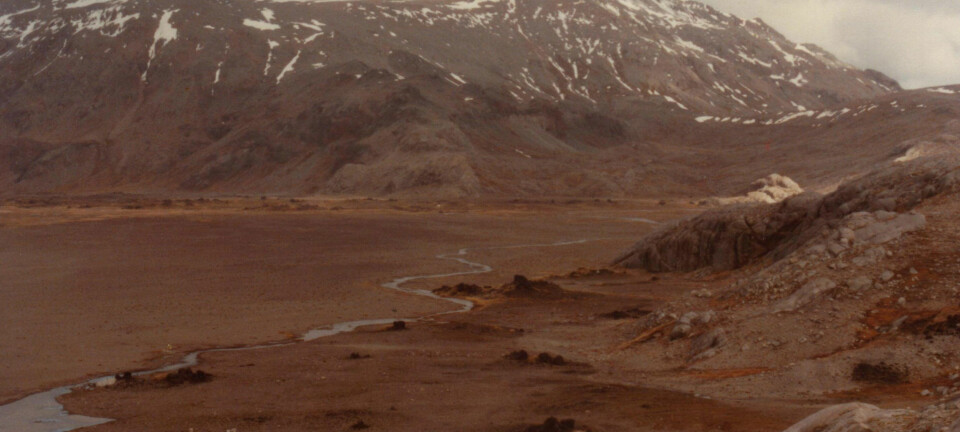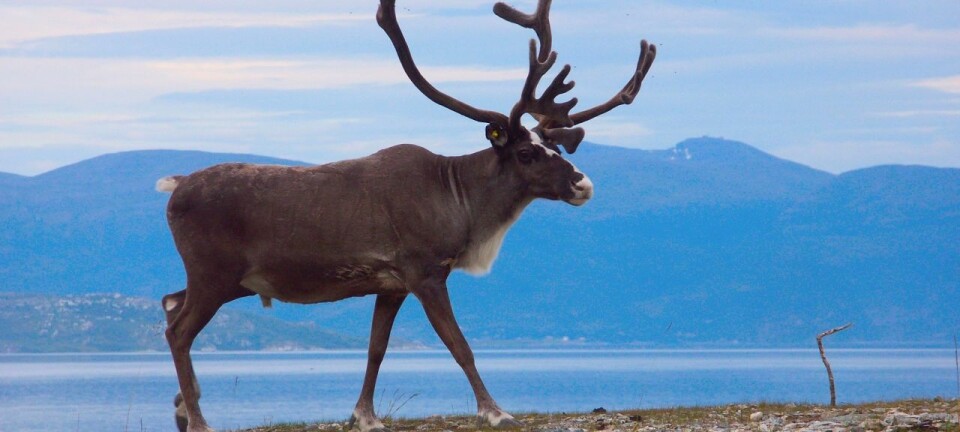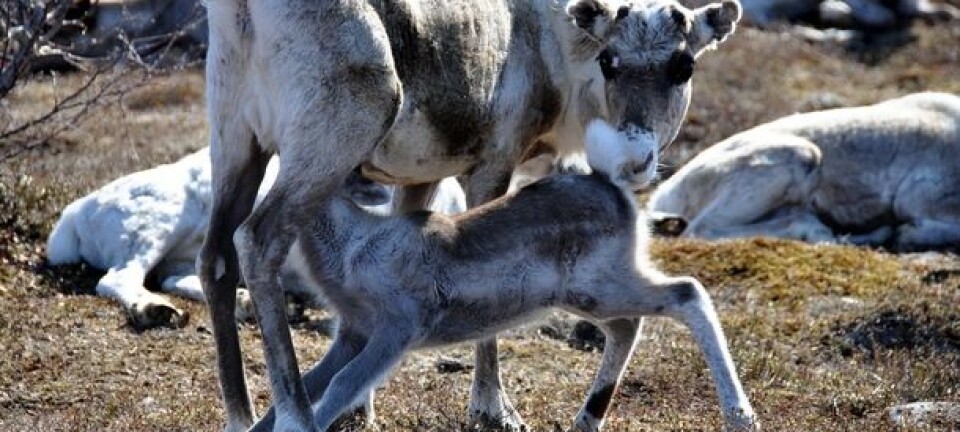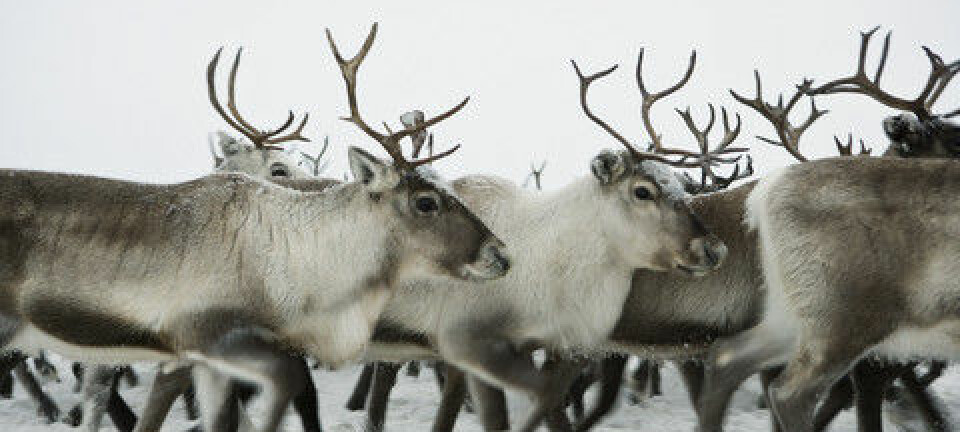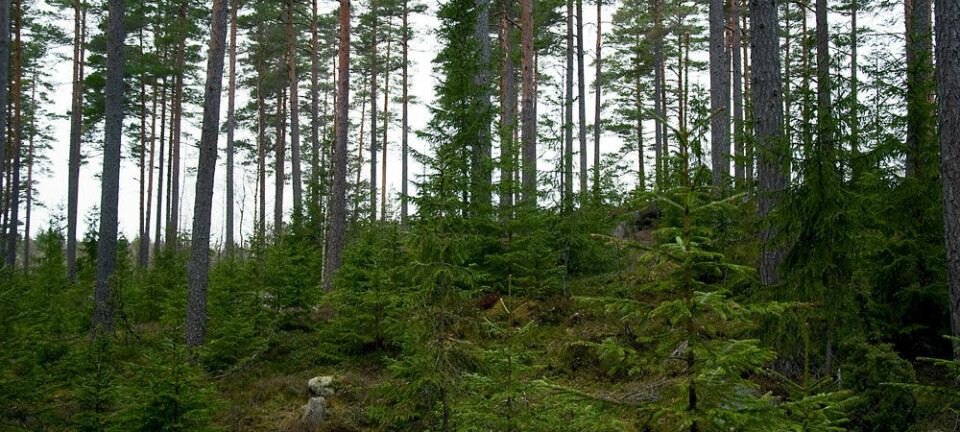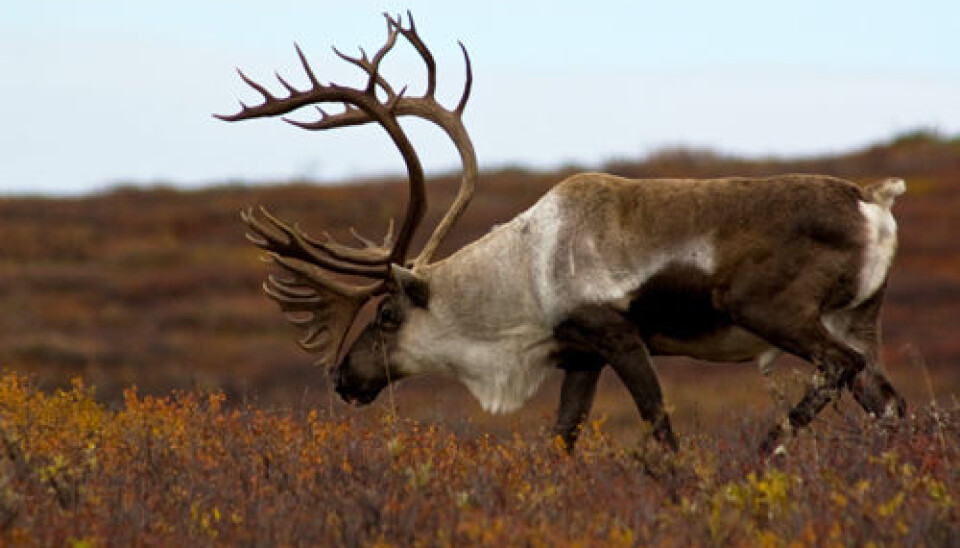
Reindeer genes show clear influence from last Ice Age
The genes of modern reindeer help scientists understand how past climates affected the species - and give clues as to how reindeer will handle future climate change.
Denne artikkelen er over ti år gammel og kan inneholde utdatert informasjon.
North American caribou have a different name but are the same species as reindeer in Eurasia, including Norway and Siberia’s reindeer.
But there is a main genetic divide between reindeer stocks, running right across the North American continent.
The reindeer in southern Canada are better adapted to a forested landscape and have their own genetic history. This type is found in the Canadian interior as well as on Newfoundland and other areas along the Atlantic coast.
Another type of reindeer live in Arctic Canada and in Alaska. These animals are better adapted to a life on the tundra.
This is the same kind found on the Eurasian continent, from Siberia to Norway’s Finnmark County and on the Svalbard archipelago.
Tundra and forest
The tundra type and the forest type went their separate ways more than 200,000 years ago.
Despite that gap in time, it isn’t easy to spot differences in these two subtypes.
Local adaptations within each of the types are more distinct. The short Svalbard reindeer, for instance, is better suited to the hard life on Norway’s Svalbard islands.
Reindeer in three parts of the world
An international study with participation from Norwegian researchers is tracing the influences of the Earth’s climate on the genetic diversity of reindeer in three regions.
DNA samples have been taken from reindeer (caribou) in the Nordic countries, Russia, Canada, Alaska and Greenland for comparative analysis.
“Our most important find is that the genetic variation we see today can be explained by climate changes in the past,” says Professor Knut H. Røed of the Norwegian School of Veterinary Science.
Røed is one of the authors of the study, which has been published in Nature Climate Change. He has 35 years of experience studying the genes of reindeer and other animals.
The study provides scientists with a tool for predicting how species could react to future climate changes.
Climate history
During the last Ice Age, the territory of North American forest reindeer shrank as the inland ice sheet expanded and finally covered nearly all of Canada.
At the same time, however, Alaska, Siberia and western Russia were free of ice. The tundra reindeer could freely roam the steppes.
As the inland ice covering North America started to melt, the tundra reindeer pushed into new territory from the west as the forest reindeer expanded from the south.
Less diversity
The genetic diversity of the forest reindeer has tapered compared to that of the large stocks of tundra reindeer, which had enormous areas for grazing during the last Ice Age.
Herds of North American forest reindeer were reduced as the forests retreated south. The drop in population numbers took its toll on their genetic diversity.
The territories in North America may shrink again, this time because of a warmer climate. The forest reindeer, with its lack of genetic diversity, could be less resilient in tackling new environmental challenges.
Adaptability
When scientists talk about genetic diversity, they are not just interested in the extensive diversity of species on our planet, but also in the subtypes or variations within each species.
“Genetic diversity factors into the potential a species has to adapt to changing environmental conditions,” says Røed.
According to the new study, models show that the forest reindeer’s territory in Canada could shrink by 90 percent by the end of the 21st century.
The wild reindeer of southern Norway were not mentioned in the study. But Røed says they too could be vulnerable and facing a predicament.
This Norwegian stock stems from tundra reindeer that migrated as the ice sheet covering Northern Europe melted. As the climate slowly heated up, these herds were isolated in Norway’s mountains without contact with the tundra further east.
Survivability
Although the scientists are concerned about how reindeer will tackle the changing climate, Røed points out that reindeer have demonstrated their ability to adapt to different environments.
The animals have managed most everything in the cooler range, from northern forests to Arctic wastelands.
Reindeer are one of the few species of animals that survived what researchers call the megafauna, wich lived in the ice-free steppes in northern regions of the Eurasian continent during the last Ice Age. These species include sabre-toothed tigers and wolly mammoths, which lived in the ice-free steppes north of the Eurasian Continent during the last Ice Age.
The mammoths, sabre-toothed tigers, certain species of antelopes, wild horses and woolly rhinoceroses have all died out. But the reindeer avoided extinction.
“It’s been a master in the art of survival,” says Røed.
----------------------------
Read the Norwegian version of this article at forskning.no
Translated by: Glenn Ostling







